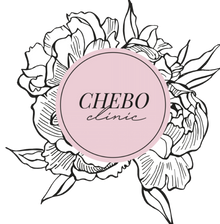
Body Peels
Translation missing: en.accessibility.collapsible_content_title
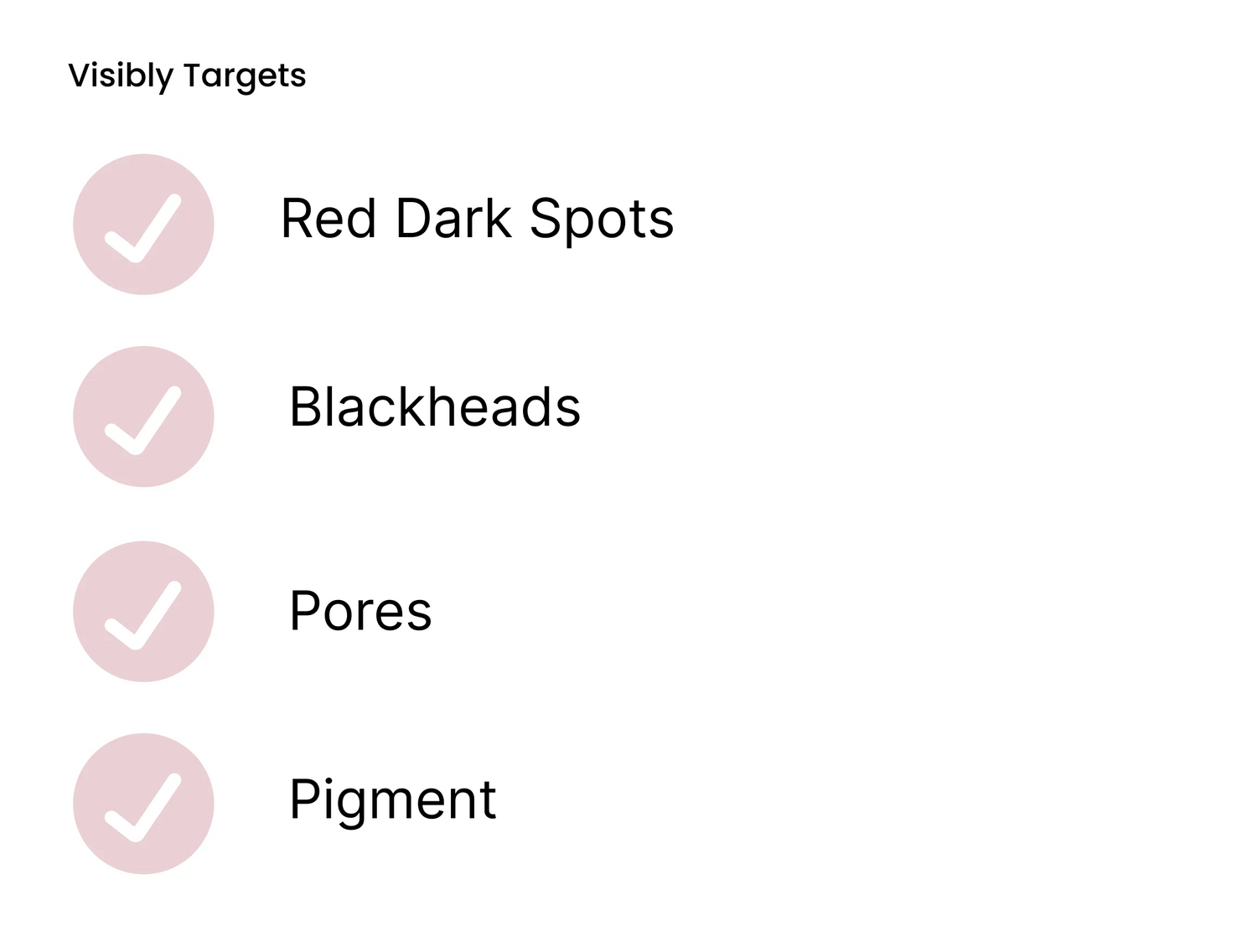
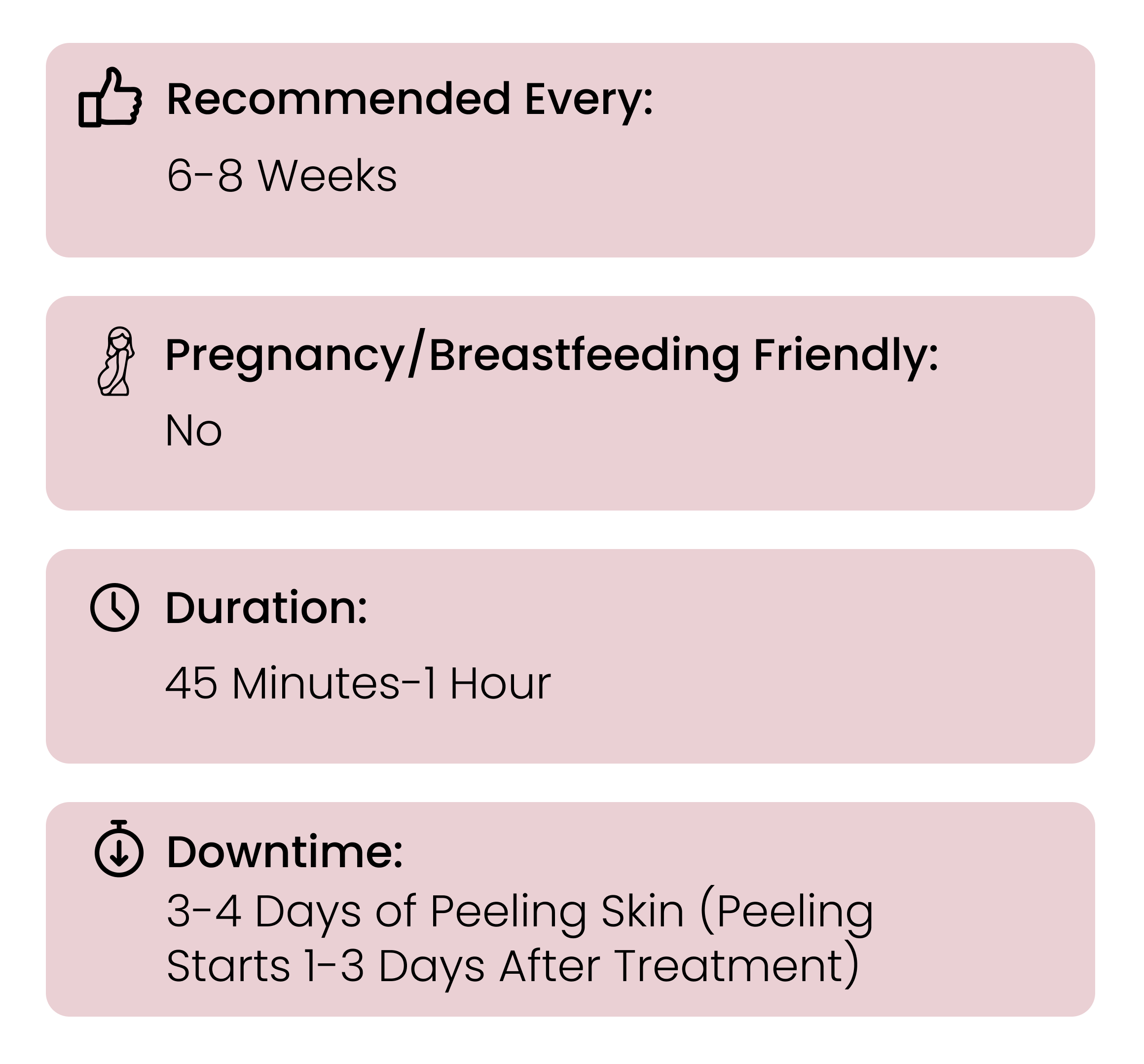
Should I Avoid Anything Before/After My Procedure?
Before Procedure: Avoid 2 weeks before procedure benzoyl peroxide, tretinoin use, antibiotics use (topical).
Must not have any sunburn before procedure.
After Procedure: Avoid Sun for 3-4 weeks post procedure and wear spf. Do not wear tight clothing or anything that may constantly rub on the area.
What's My Aftercare Look Like?
Keep out of the sun for 2 weeks post procedure. Don't peel the skin manually let it peel naturally. Reapply SPF twice a day for 2 weeks post procedure.
For 1-2 weeks post procedure your skin will experience symptoms of sunburn (redness) and purging (acne coming to the surface, this will subside after the purging is done). You may experience if you have acne underneath the skin a phenomena known as purging which will clear in 1-2 weeks post procedure. This is the skins way of clearing everything out.
Don’t wax anything where the treatment is performed for 2-3 weeks post procedure, if you wax it will tear the skin.
After your procedure. Do not continually touch your skin unless you are performing your aftercare routine.Do not sweat or go swimming until 3-7 days have past from time of completed peeling.
Even if you are indoors you still must wear SPF as light rays bounce off surfaces. If you can visibly see in front of you— there is presence of UV light that will damage your skin.
When Can I Expect Results?
You can expect results in as little as a few days post procedure and even after the first session. Our before and after photos are only after one session.
Keep in mind everyone's skin is different and everyone has different skin tolerances.
How Often Should I Have This Done and How Many Sessions Are Recommended?
This type of treatment should be performed every 6-8 weeks.
We recommend 1-5 sessions until the skin is cleared and maintenance no downtime treatments to keep up the results.
Is There Another Procedure I Can Add On Or Combine For Better Results?
For Acne Prone Skin Types we recommend combining this procedure with a face laser and sebaceous tapping for optimal results.
Sebaceous Tapping works by manipulating the sebaceous gland through radio frequency to decrease the rate of sebum production on overactive breakouts to normalise skin function. Therefore combining the two treatments results in treatment as well as reduces the reoccurring breakouts in the future.
We recommend face laser as we thin out and kill the hair follicle. Acne originates in the hair follicle, if the hair follicle is reduced we have a lower chance of reoccurring acne.
Side Effects
Post treatment your skin will be flushed due to proteins of your skin reacting with acids to help desquamate the skin. This is apart of the process and can last anywhere from a few hours to a few days due to increased collagen production (what we want for plump skin).
Side Effects of this treatment come from improper aftercare.
Improper SPF Application: SPF still needs to be worn indoors and on cloudy days as there is still a presence of UV radiation. SPF needs to be applied every 3 hours during peak UV times (apply 2x a day).
Peeling the Skin Manually instead of letting it Peel on its own: this will peel into deeper layers of the skin which will cause permanent scarring which is difficult to get rid of.
When proper aftercare is followed you will have an easy and successful treatment.
Who is Not Suitable for this Procedure?
Those Pregnant/breastfeeding, on or have just finished photosensitive medications such as roaccutane/antibiotics; less than equal to 4 weeks for antibiotics and less than equal to 6 months for roaccutane (isotretinoin medications), have an autoimmune disorder, have peanut or fish allergies, have had cancers, on chemotherapy, are in the sun more than 3 hours a day for work, have extremely sensitive skin, have any active coldsores, dermatitis, eczema, psoriasis, rosacea.
Disclaimer
Chebo Clinic makes no claims to diagnose, treat, prevent, or cure any disease or medical condition. Our procedures are designed to resurface and condition the skin, supporting a healthier look and feel. We focus on improving the appearance of the skin rather than delivering medical outcomes, and we make no guarantees regarding individual results.
Skin is part of the body’s integumentary system, and naturally renews itself through cell turnover every 4–6 weeks. This means resurfacing is never permanent and requires ongoing maintenance. For best results, we recommend regular professional facials, package programs, and supporting your results at home with tailored skincare and facial kits.
Skin health is also a reflection of factors beyond our control, including diet, hormones, supplementation, lifestyle, and genetics. Results will therefore vary according to each individual’s unique circumstances. While our team’s expertise and methods remain consistent in delivering exceptional care, the final outcome depends significantly on the client’s biology, daily habits, and long-term commitment to a personalised skincare regimen.
Information provided is general in nature and not a substitute for a personalised consultation.


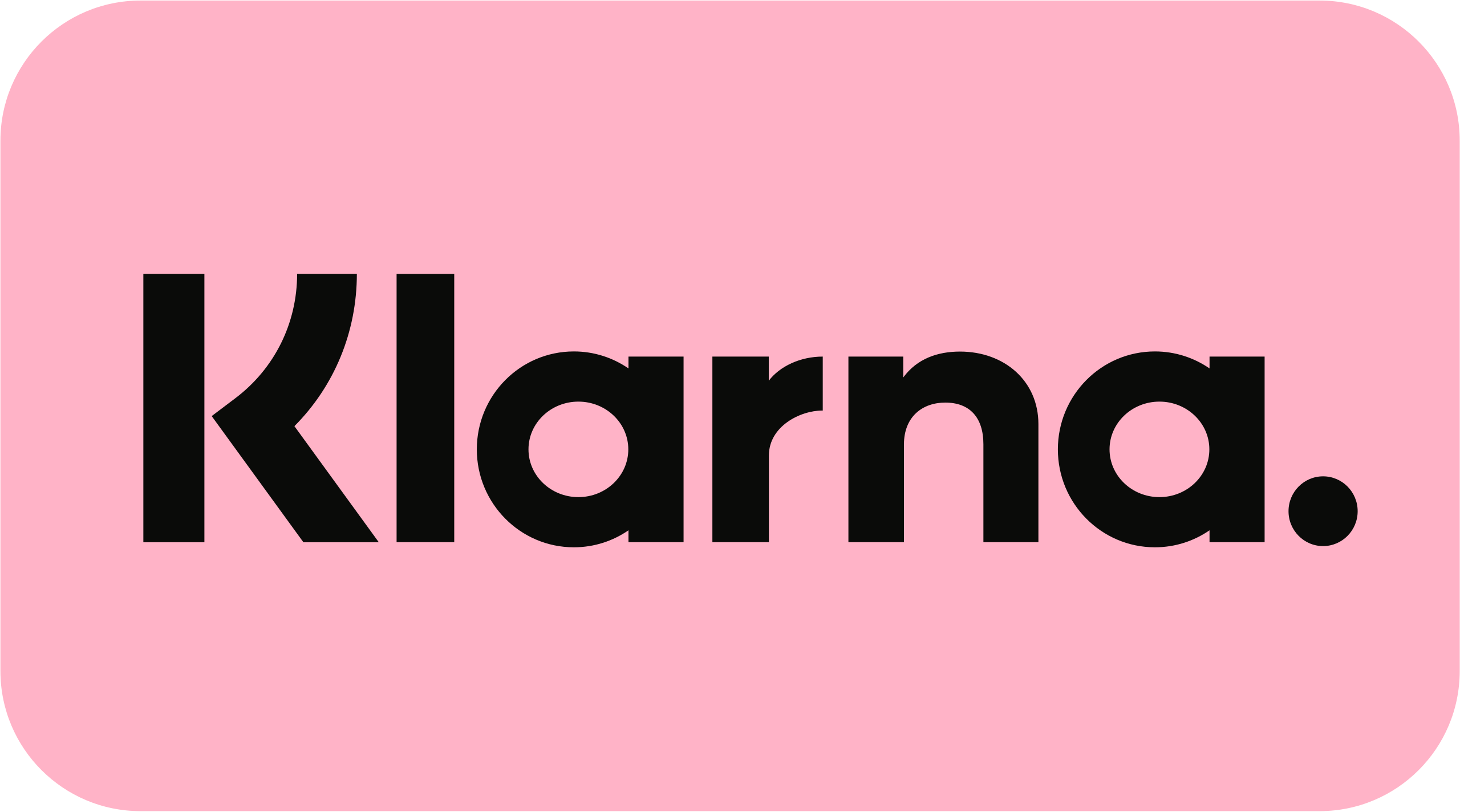

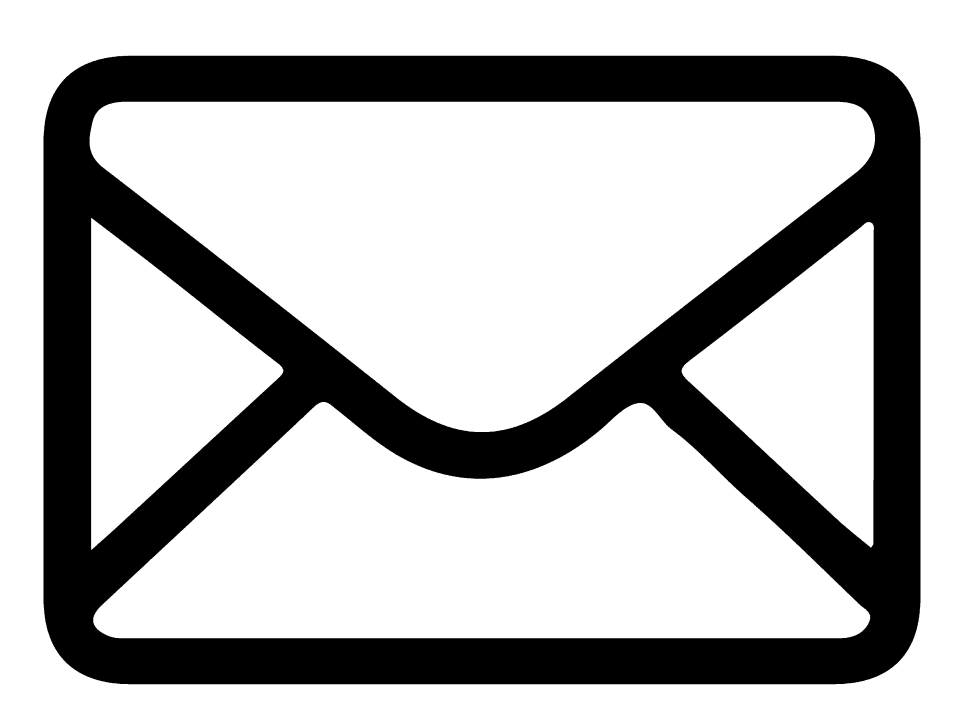 info@cheboclinic.com
info@cheboclinic.com
